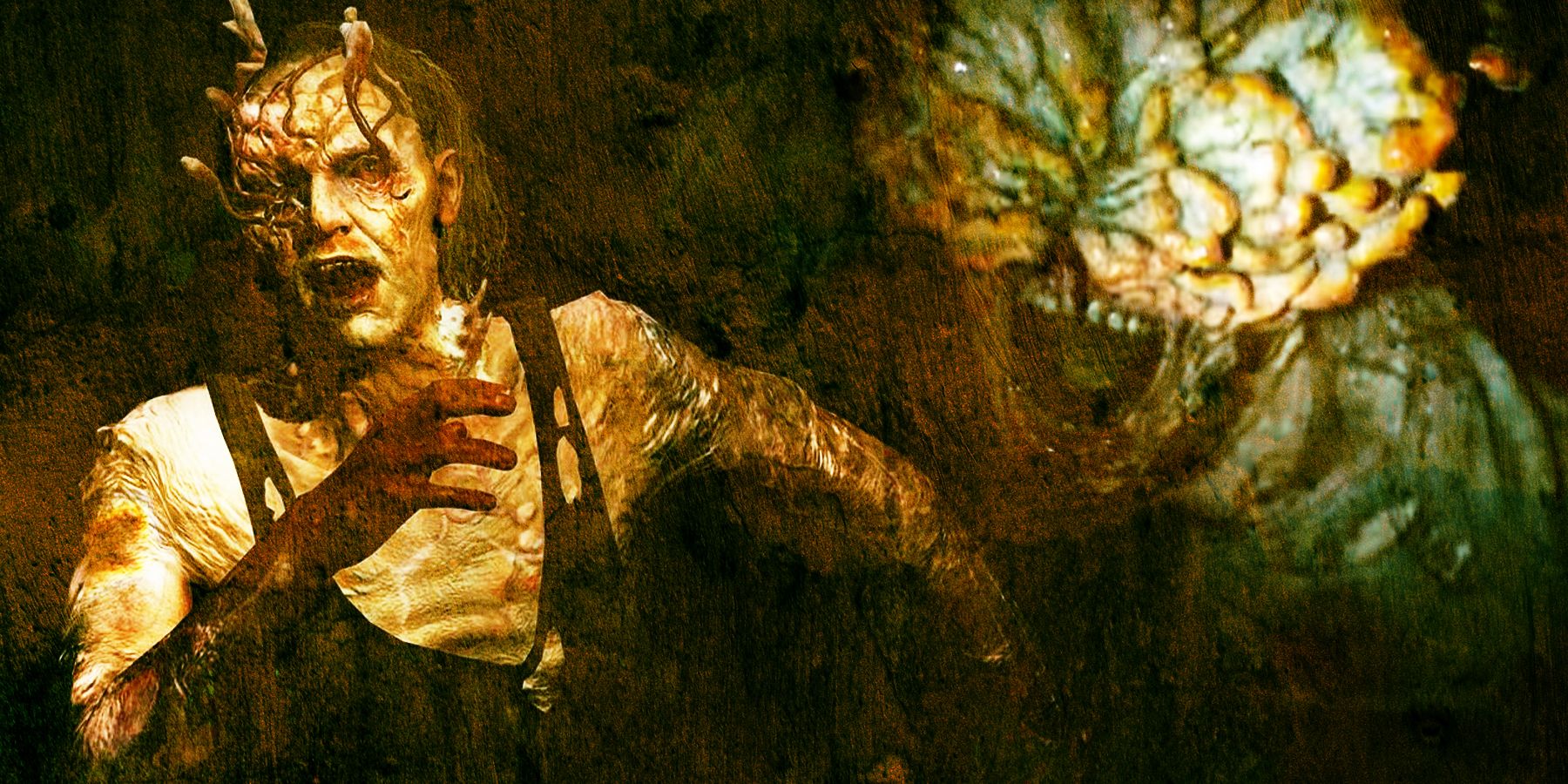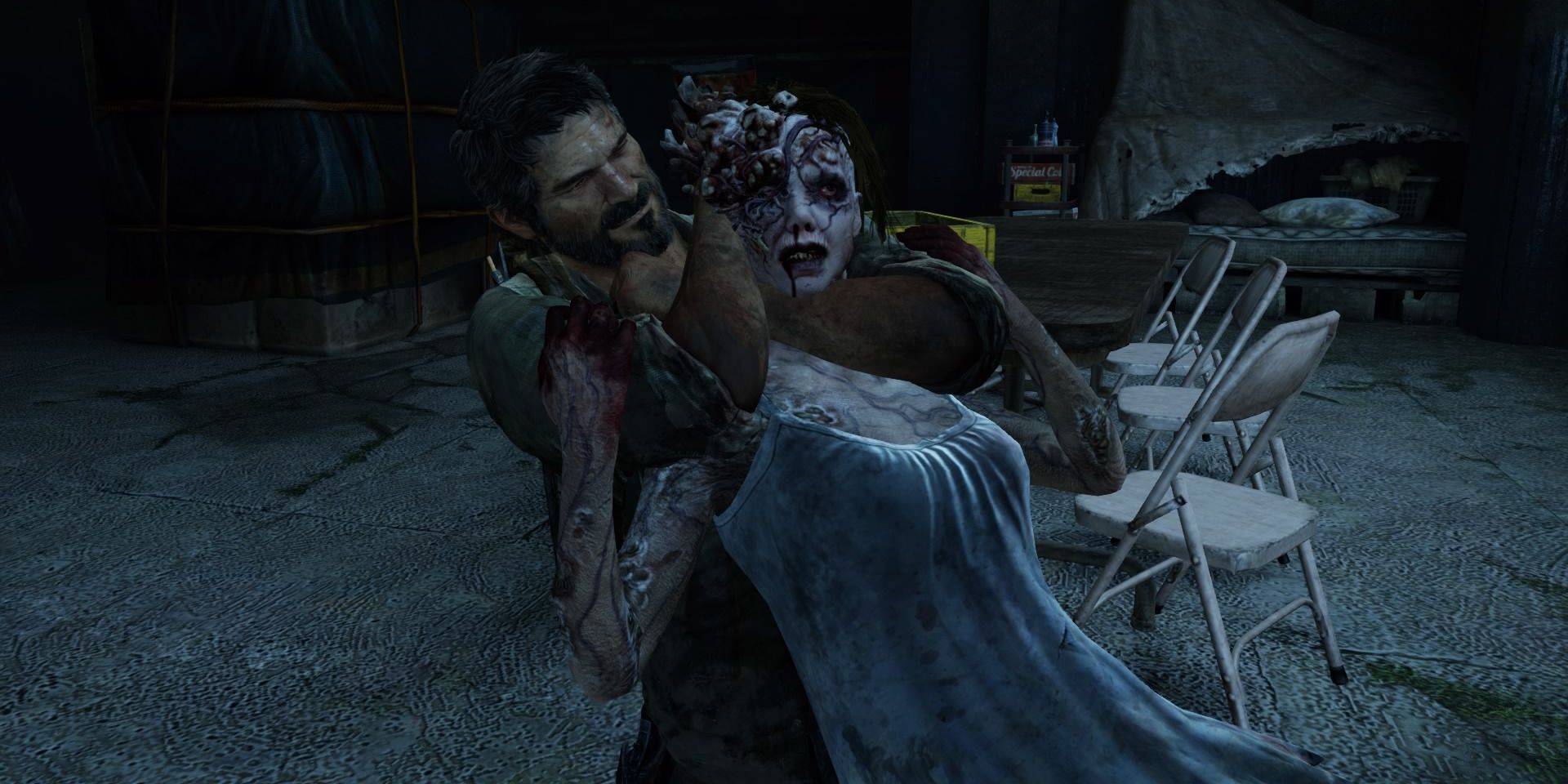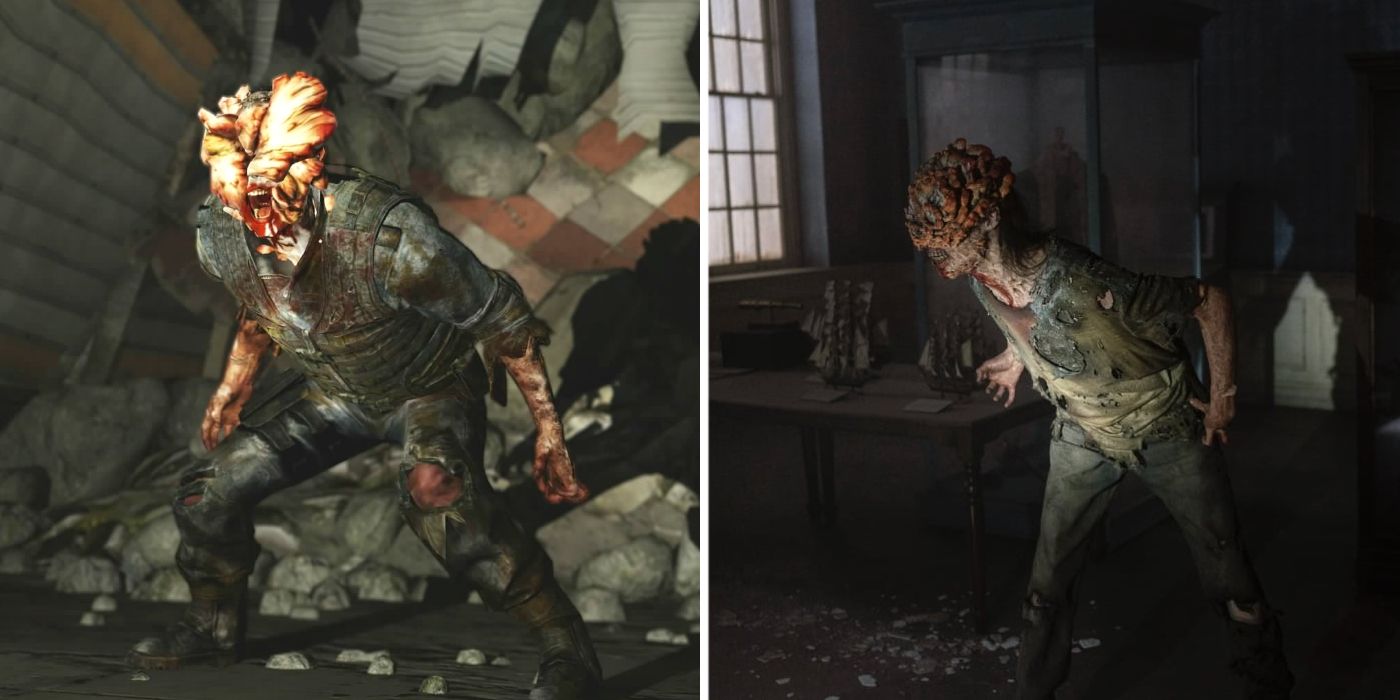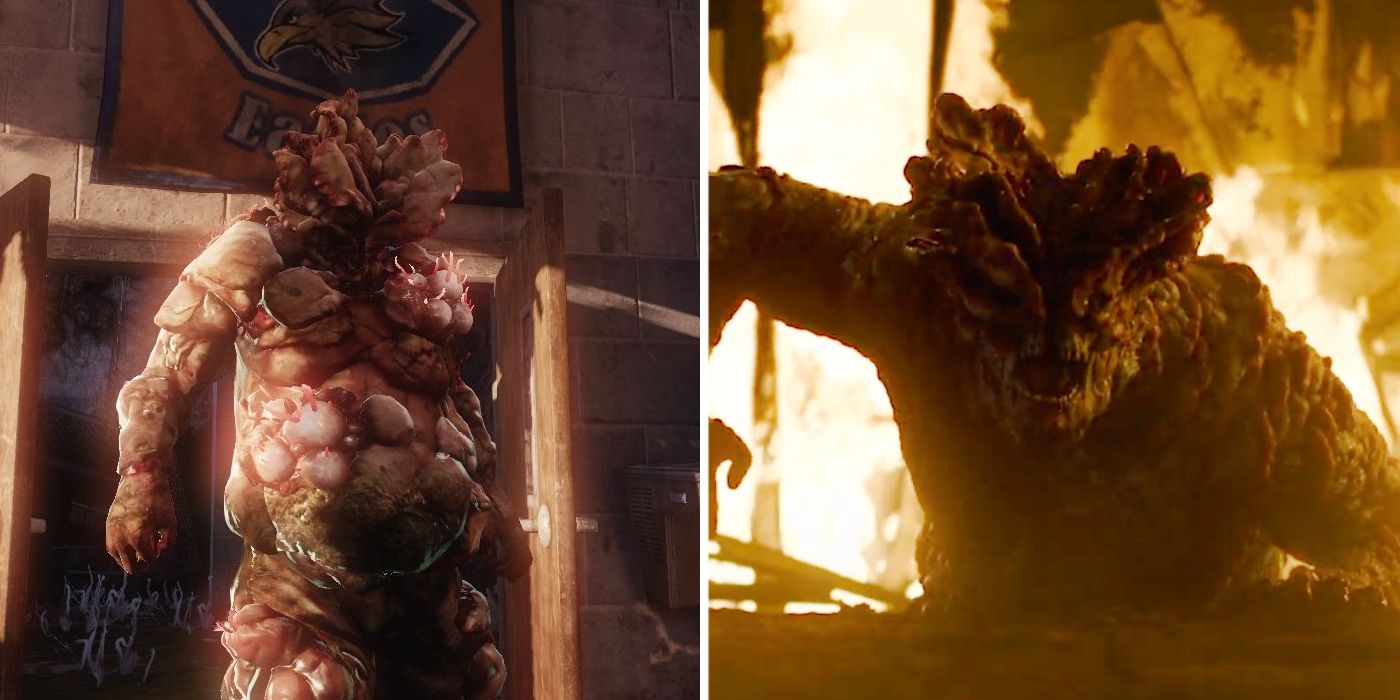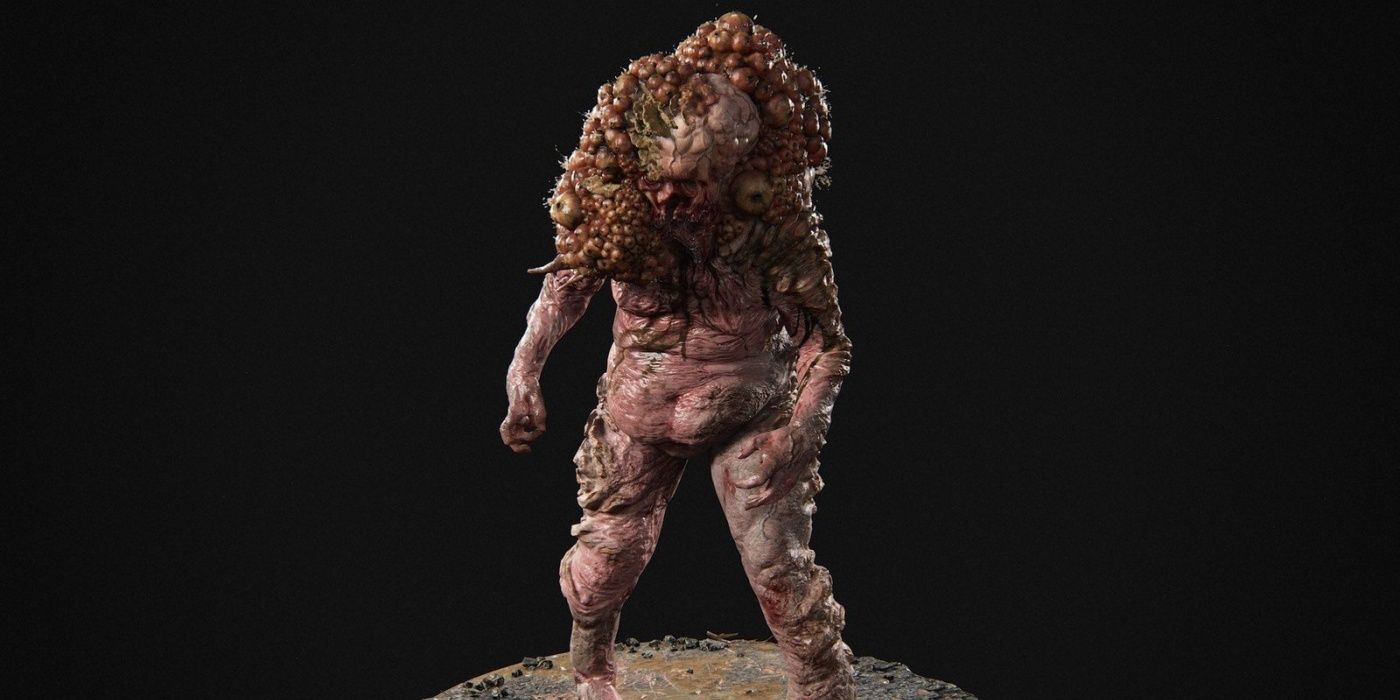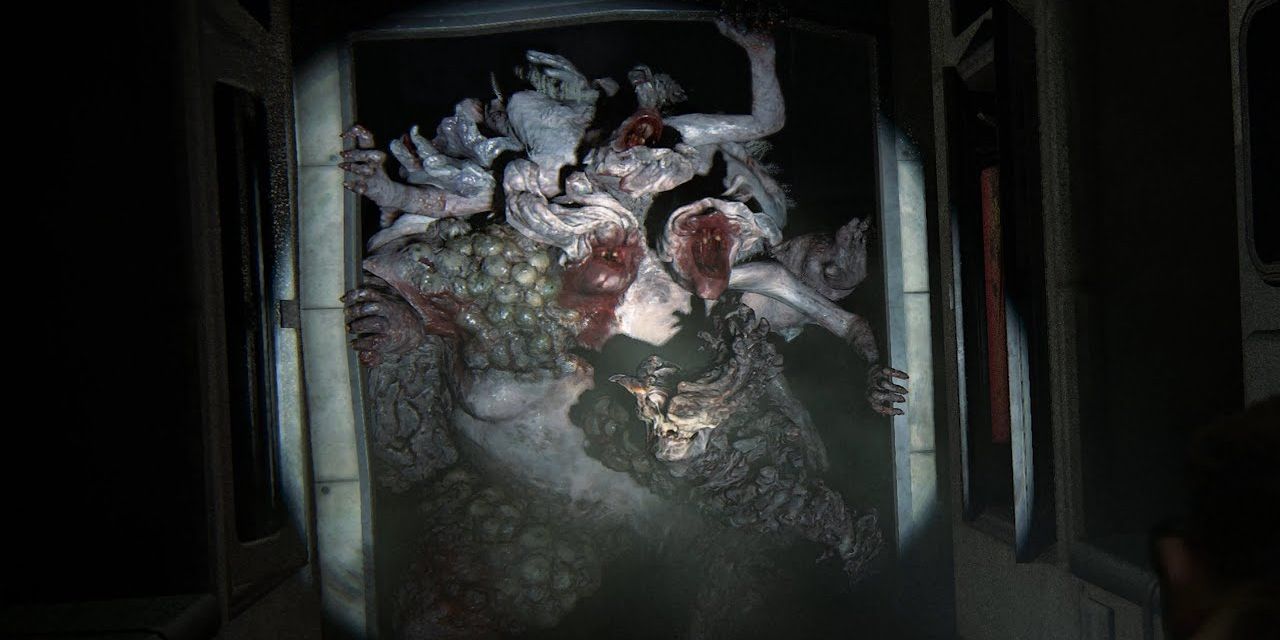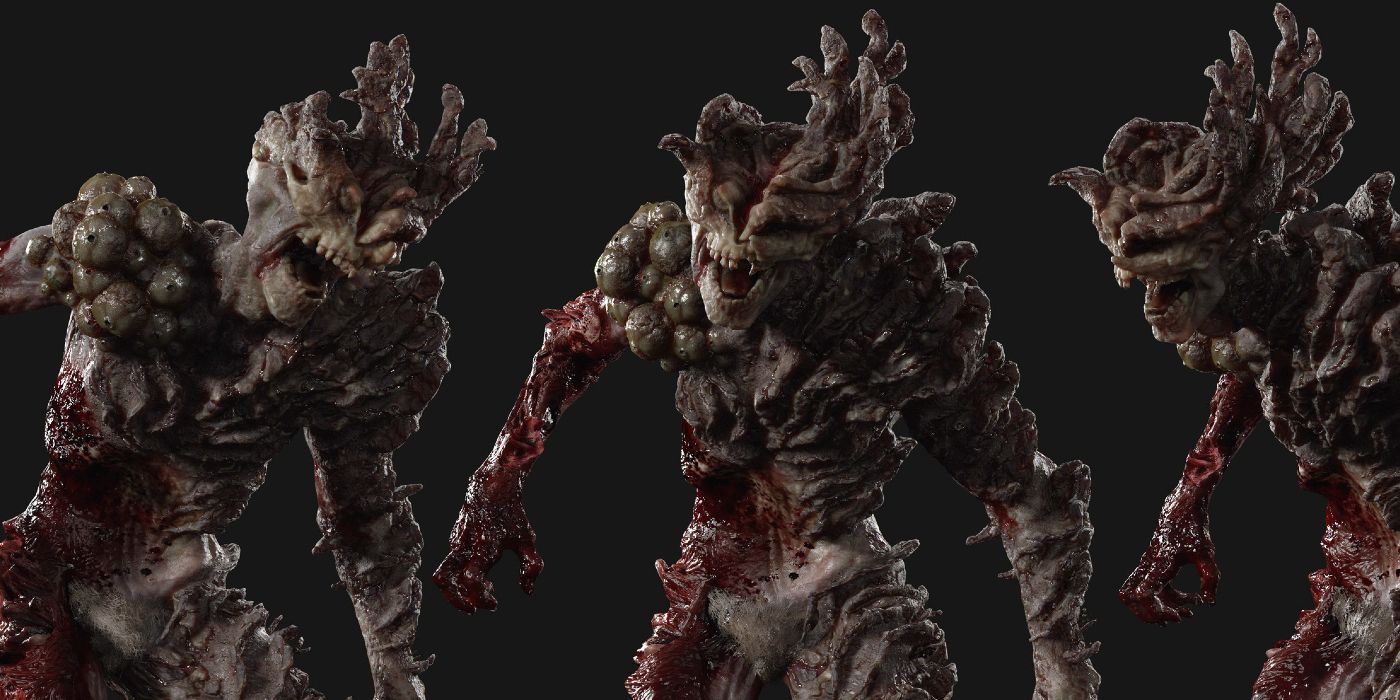On September 26, 2013, a viral, fungal infection made its way to Austin, Texas. That's where players first meet Joel and his family at the beginning of The Last of Us. Joel, his daughter Sarah, and his brother Tommy witnessed the onset of an apocalyptic event and one that would quickly change Joel's life forever.
Based on the real-life phenomenon that most notably affects ants, the cordyceps fungus takes over the brain functions of its human host, effectively killing the host and turning them into a zombie-like husk. The fungus leads the host to a suitable location that would best allow the fungus to continue spreading. In turn, The Last of Us' zombies, or Infected, are born. Throughout The Last of Us, the standalone DLC The Last of Us: Left Behind, and The Last of Us: Part II, players encounter numerous stages of infection in The Last of Us. Every The Last of Us Infected stage carries with them different traits based on how long they've been infected and even their environment.
Updated on February 6th, 2023 by Michael Colwander: There's still life in the zombie apocalypse genre. HBO's hit video game adaptation The Last of Us has introduced viewers to The Last of Us' monsters, and they're even more horrifying in live-action.
This list contains spoilers from The Last of Us series, including events not yet adapted to HBO's The Last of Us!
9 The Differences Between Infected In The Show And The Game
HBO's The Last of Us has proven to be one of the most faithful adaptations of a video game yet. However, one of the biggest differences comes from how The Last of Us' fungus infection is presented. In the game, the cordyceps fungus spreads mostly through spores and bites.
In the show, spores were all but removed. That decision was logistical as the nature of spores spreading through the air made it difficult to create a believable world. Instead, the show utilizes tendrils, which are vine-like appendages that emanate from the mouth of the Infected as well as grow from the Infected themselves. These tendrils don't just take over the host but connect different Infected to each other through an underground tendril "network" similar to some real-life fungi.
8 Runners Are The Most Basic Form Of Infected
Runners are people in the earliest stage of infection, and are far and away the most common Infected players will encounter throughout The Last of Us series.
Runners maintain most of their human physical characteristics, which makes them closest to traditional zombies by design. Unlike slow-walking and shambling zombies, as depicted in most media, Runners are very aggressive. Runners will, true to their name, run toward the player the moment the player makes any noise. Runners will try to melee hit players as well as grab them. After a while, Runners become much more manageable when knowing what to do. However, if the player isn't careful, Runners can quickly swarm, ensuring a quick demise.
7 Stalkers Are Mucher Smarter Than Runners
Stalkers are the second known Infected stage. The host begins to show fungal traits throughout their bodies, noticeable when looking at their face and head. Stalkers are incredibly rare, only appearing in a few Infected areas throughout The Last of Us series.
Unlike Runners, Stalkers are much more methodical. When Stalkers first hear the player, they'll hide. Stalkers will slowly make their way to the player, and try to attack the player from behind. Stalkers are very annoying to deal with as they're difficult to lure out of their hiding locations, especially in dark areas.
6 Clickers May Not Be Able To See, But They're Extremely Deadly
Clickers are the most iconic among The Last of Us' Infected, often appearing in promotional art and gameplay. They play an intense role in their introduction during the second episode of HBO's The Last of Us. When a host becomes a Clicker, the fungal infection has almost completely overtaken the outer side of the body.
The host loses their eyesight as the infection overtakes the host's eyes. Clickers can't see. Similar to bats, Clickers use echolocation by making a clicking noise, hence their name. Clickers take more damage to kill than in earlier stages of infection, making melee attacks unreliable. If a Clicker grabs a player, and they don't have a shiv, it's an automatic death. However, players can take advantage of a Clicker's lack of sight, such as by throwing a molotov cocktail, which will draw the Clicker into the fire.
5 Bloaters Can Inflict Serious Damage, Even From Afar
Bloaters are among the most dangerous types of Infected in The Last of Us. Boaters are much larger than typical Infected. Infected develop into this stage in dry locations.
Even if a player keeps their distance, Bloaters are still dangerous. Bloaters can throw a spore bomb that will slowly damage the player the longer they remain within it. On top of that, Bloaters have a lot of armor through their bloated bodies, making each Bloater fight a frantic race against time. Players must pour in much of their resources and ammo to take even one out. It doesn't help that other types of Infected often accompany Bloaters.
4 Shamblers Are A Different Variation Of Bloater
Shamblers are among the new stages of Infected in The Last of Us first appearing in The Last of Us: Part II. Ellie and Dina first find Shamblers in Seattle. Unlike Bloaters, Infected develop into a Shambler in wet-weather environments. Unfortunately, there is no shortage of rain in Seattle, making the Pacific Northwest a prime location for Shamblers.
Shamblers are very similar to Bloaters, the biggest difference is how they spread their spores. While Bloaters throw spore bombs, Shamblers spew out gaseous spores and acid. Defeating a Shambler is difficult enough as is, but once one is defeated, it explodes.
3 The Rat King Is The Most Terrifying Infected
The Rat King is the stuff of nightmares. Every character's Infected fears are realized in the Rat King. The Rat King is not necessarily one infected, but a conglomeration of multiple Infected likely made up of some of the original Infected in Seattle. This results in a large, versatile, and one-of-a-kind Infected.
The Rat King is only seen once in the basement of the hospital level. After attempting to escape from the horrors of the Rat King, players eventually have to confront it. The Shambler-like part of the Rat King is challenging to beat due to many shared characteristics of a typical Shambler. Therefore, keeping a distance and utilizing explosive and fire-based weapons is highly advisable.
2 Rat King Stalkers Are Beefed-Up Versions Of Stalkers
In the second phase of the Rat King fight, parts of the Rat King will peel off into a Stalker-like infected that will give chase to the player. The Rat King Stalker initially cannot be damaged, causing the player to have to kill the Rat King Shambler first.
The Rat King Stalker isn't a typical Stalker, which are annoying enough to beat as is. Instead, the Rat King Stalker is much more powerful, even being able to throw spore bombs similar to a Bloater, and because of this, keeping a distance is not recommended. Finding a way to approach the Rat King Stalker will give the player a more significant advantage, especially when dodging attacks.
1 Ellie Is The Only Known Infected Who's Immune
Not all Infected are mindless, shambling zombies. It is possible to be immune to the effects of the cordyceps fungus. Currently, there is only one known person immune to the fungus: Ellie, who is portrayed by Bella Ramsey in HBO's The Last of Us. How is Ellie immune to infection is a mystery, but there's always a chance that fans will be introduced to a second immune person in a later game or season of the show.
Ellie's immunity drives the narrative of the original The Last of Us as Joel and Ellie journey to find the few remaining Fireflies left in America. Once found, Ellie was supposed to undergo surgery that could create a vaccine. Of course, this does not go according to plan for the Fireflies, potentially dooming humanity forever. Maybe The Last of Us: Part III gives Ellie another opportunity. After everything she's been through, "it can't be for nothing."

